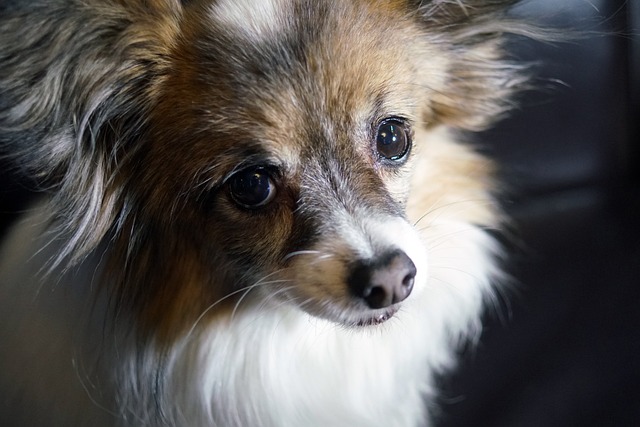
How do i train my dog to be obedient?
Watching your dog dart across the park ignoring your calls isn’t just frustrating—it can put them at risk near busy streets or public spaces.
Picture this: you're walking your new rescue, Max, in the local park. A jogger approaches, and suddenly Max stiffens, a low growl rumbling in his chest. Your heart sinks. How long will it take to help him feel safe? The truth is, there's no single timeline for aggression rehabilitation timeline. Unlike teaching "sit," modifying deep-seated fear or reactivity isn't a quick fix; it's a commitment measured in months or even years, not days or weeks. The process depends heavily on your dog's history, the aggression's root cause (fear, frustration, resource guarding?), genetics, and crucially, your unwavering consistency.
Scientifically, aggression stems from the brain perceiving a threat. Punishing the growl or lunge might suppress the symptom temporarily, but it does nothing to change the underlying emotion – often fear or anxiety – and can actually make things worse by increasing stress. Modern force-free training methods, grounded in behavioral science, focus on changing that emotional response. Think of it like rewiring neural pathways: we create positive associations (using treats, praise, play) with previously scary triggers, gradually building confidence. This approach, championed by organizations like the American Veterinary Society of Animal Behavior (AVSAB), is not only more humane but demonstrably more effective long-term.
So, what does this look like day-to-day? Start by identifying Max's specific triggers at a distance where he notices but doesn't react – maybe seeing another dog 50 feet away. Pair that sight instantly with high-value treats (like chicken!). Over many, many repetitions, slowly decrease the distance only as he remains relaxed. This "desensitization and counterconditioning" (DS/CC) is the gold standard. Management is equally vital: using secure leashes, basket muzzles if recommended by a professional, and avoiding known triggers prevents rehearsal of aggressive behavior. Consistency is non-negotiable – every interaction matters. Crucially, partner with a Certified Professional Dog Trainer (CPDT) or Veterinary Behaviorist (Dip ACVB). They'll create a tailored plan, ensuring you're not inadvertently reinforcing the wrong behavior, and help you read subtle stress signals you might miss.

Here's where culture and law intersect deeply with training. In the US and most of Europe, using physical punishment (hitting, alpha rolls, shock collars) isn't just frowned upon culturally; it can escalate aggression and, in places like Germany or parts of Australia, may even violate animal welfare laws. Force-free training aligns with the strong cultural emphasis on positive reinforcement and animal rights. Remember your legal duties too: keeping rabies vaccinations current is mandatory virtually everywhere, and yes, always carry poop bags – failing to scoop in public spaces like NYC parks can land you a hefty fine! If you live in an apartment, be extra mindful of noise; a dog barking aggressively at hallway sounds is a fast track to neighbor complaints. Practice calm entries/exits and consider white noise machines. Good community etiquette means maintaining clear space on walks – don’t let Max rush up to leashed dogs or people, respecting that not everyone is comfortable.
Patience is your most vital tool. Max didn't learn his fear overnight, and he won't unlearn it quickly either. Celebrate small victories: a relaxed glance at a trigger, a voluntary look back at you. Setbacks happen – don't despair, just adjust the plan with your trainer. With dedicated, positive methods, expert guidance, and unwavering management, even significant aggression can be successfully managed, transforming tense walks into peaceful strolls and creating a safer, happier life for both Max and your community. The journey is long, but the destination – a trusting bond and a well-adjusted dog – is absolutely worth it.

Watching your dog dart across the park ignoring your calls isn’t just frustrating—it can put them at risk near busy streets or public spaces.

New puppy owners often find themselves rushing to clean up accidents before they set in, and that’s where puppy pad training becomes a game-changer.

If you've noticed your dog's waistline disappearing and your veterinarian has mentioned those few extra pounds, your first instinct might be to simply reduce the amount of food in their bowl.

Training a dog to use a designated spot indoors isn’t as daunting as many new owners fear, but it does take consistency and an understanding of your pet’s needs.

That moment of dread on a walk is all too familiar for many new dog owners. You see another dog approaching down the sidewalk of your neighborhood

If the sight of another dog on your neighborhood walk makes your heart sink as your own dog erupts into a frenzy of barking and lunging, you're not alone.